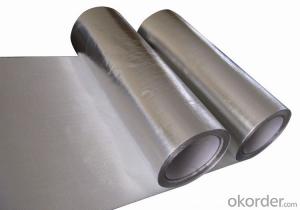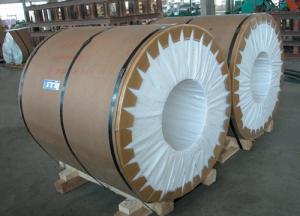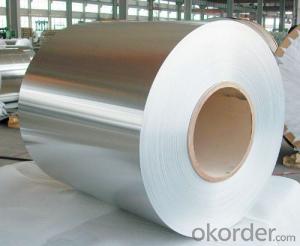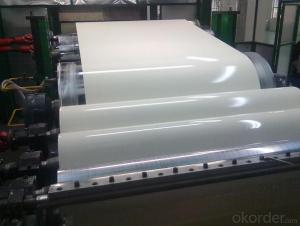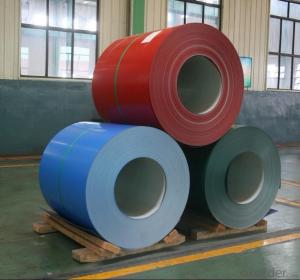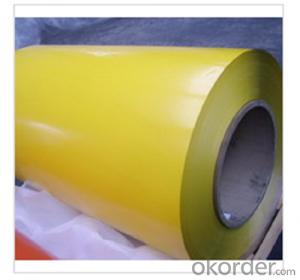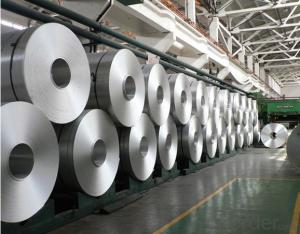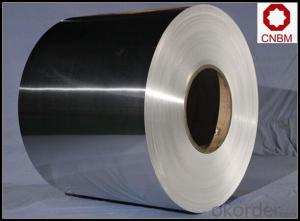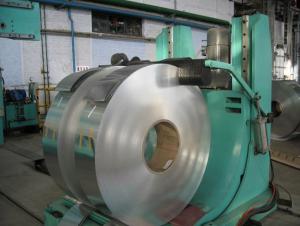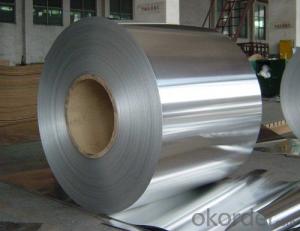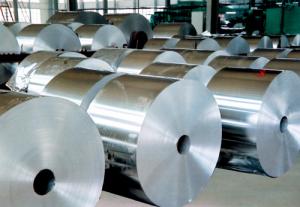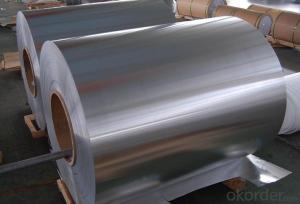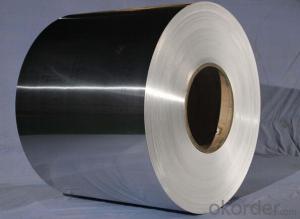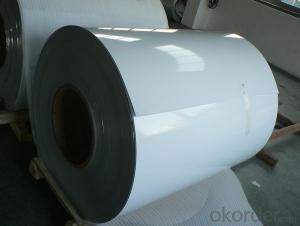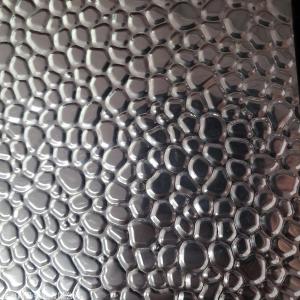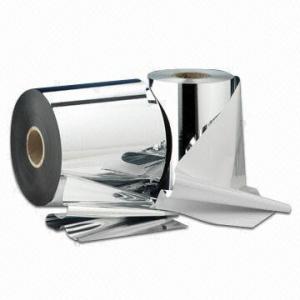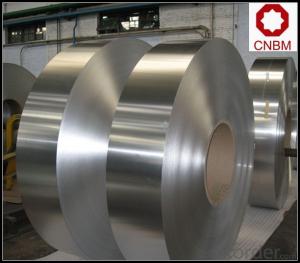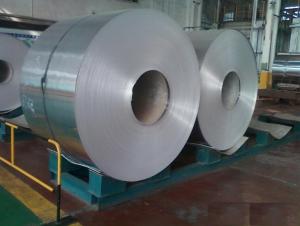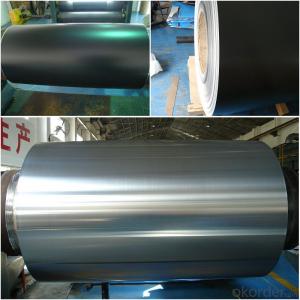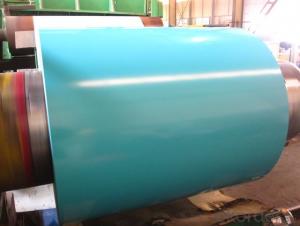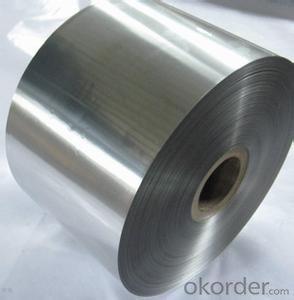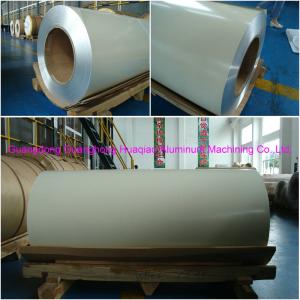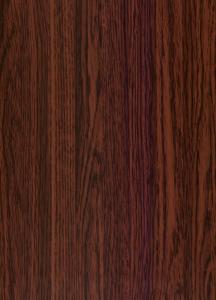Aluminum Coil Stock Menards
Aluminum Coil Stock Menards Related Searches
Menards Aluminum Coil Stock Aluminum Coil Stock Prices Menards Aluminum Coil Aluminum Siding Coil Stock Menards Aluminum Stock Coil Aluminum Stock Anodized Aluminum Coil Stock Aluminum Coil Stock Suppliers Painted Aluminum Coil Stock Aluminum Coil Stock Holder Vinyl Coated Aluminum Coil Stock Colored Aluminum Coil Stock Aluminum Coil Stock For Sale Coil Stock Aluminum Black Aluminum Coil Stock Aluminum Trim Coil Stock Menards Aluminum Trim Coil Aluminum Gutter Coil Stock Aluminum Coil Stock Gauge Alcoa Aluminum Coil Stock Wood Grain Aluminum Coil Stock White Aluminum Coil Stock Aluminum Coil Stock Lowe's Aluminum Coil Stock Brake Aluminum Coil Stock Near Me Aluminum Coil Stock Thickness Aluminum Coil Stock Color Chart Aluminum Coil Stock Colors Stock Aluminum Profiles Aluminum Foil StockAluminum Coil Stock Menards Supplier & Manufacturer from China
Aluminum Coil Stock Menards is a popular choice for various construction and renovation projects due to its durability, lightweight properties, and resistance to corrosion. This product is widely used for applications such as roofing, siding, and flashing, making it a versatile material for both residential and commercial purposes. The aluminum coils are available in different thicknesses, finishes, and colors, catering to the diverse needs of customers and ensuring a perfect fit for any project.The usage scenarios for Aluminum Coil Stock Menards are vast, as it can be utilized in both indoor and outdoor settings. In addition to its common applications in roofing and siding, it is also used for custom fabrication projects, such as creating custom trims, decorative panels, and even furniture. The product's resistance to weathering and its ability to maintain its appearance over time make it an ideal choice for projects that require long-lasting materials. Furthermore, its lightweight nature makes it easier to handle and install, reducing labor costs and time.
Okorder.com is a reputable wholesale supplier of Aluminum Coil Stock Menards, boasting a large inventory to cater to the varying demands of customers. As a supplier, Okorder.com ensures that the products are of high quality and meet industry standards, providing customers with reliable and consistent materials for their projects. By offering a wide range of aluminum coil options, Okorder.com enables customers to find the perfect match for their specific needs, whether it be for a small-scale home renovation or a large-scale commercial construction project.
Hot Products
